Executive Summary: Resilient Supply Chain
In the past decades the supply chain has mainly been concerned with globalization and cost efficiency, but things have changed considerably, and supply chains have drawn the attention of the boardroom. Geo-political developments are very different from five years ago, demographics are shifting, the energy crisis and sustainability are matters of growing concern, and consumer demand is more unpredictable than ever. On the other hand, technology, data science and artificial intelligence (AI) offer more solutions than ever before to make supply chains more resilient, and more flexible.
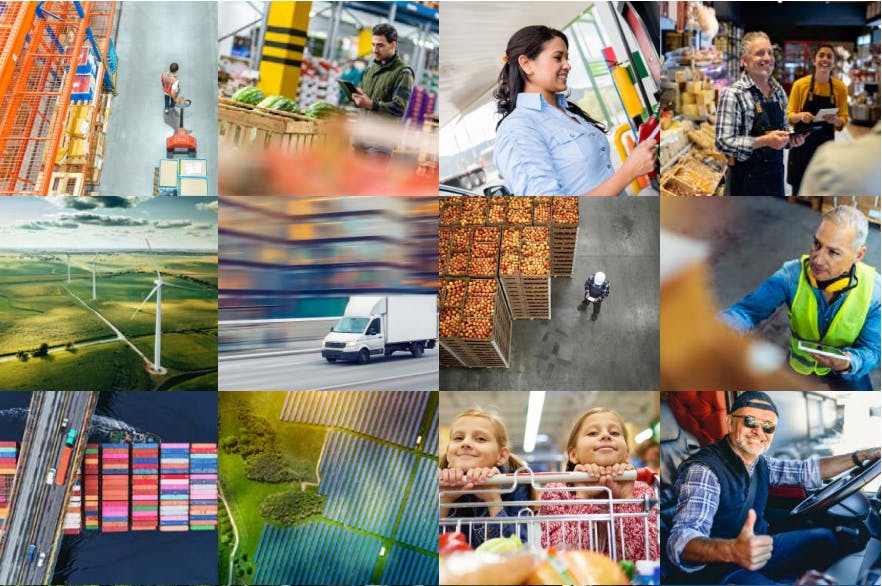
For this magazine, we’ve asked key players in the field of supply chains to offer their perspective on the variety of challenges that have arisen over the last few years, and the solutions that have been developed by their industries.
Notable trends
Looking at supply chains from a cross-industry perspective, Martijn Lofvers, trendwatcher and founder of Supply Chain Media, notices that supply chain directors are increasingly important for businesses. “We are entering a decade of scarcity. There’s no denying that we’re in the midst of a transition.” Lofvers stresses that supply chain directors should “stand firm and avoid slipping back into old habits – being as efficient and cheap as possible. Instead of focusing on costs, look at margins instead.” He adds that scenarios can be a valuable tool for identifying growth opportunities: “If you can see what other people can’t, use it to your advantage. Companies who get their strategy right and involve both commerce and supply chain in the process will take home the spoils.”
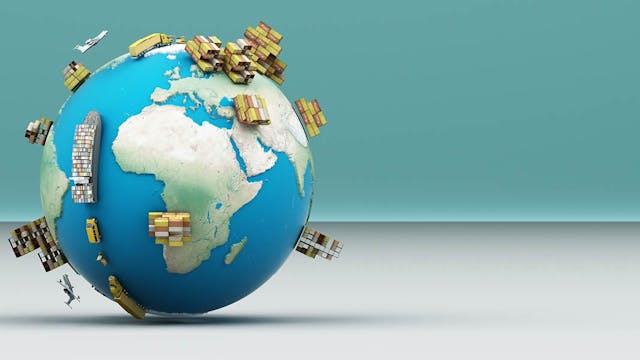
Martijn Lofvers, Trendwatcher at Supply Chain Media
"Supply chain directors should stand firm and avoid slipping back into old habits – being as efficient and cheap as possible. Instead of focusing on costs, look at margins instead."
Sally Miller, the CIO for DHL Supply Chain in North America and Global Digital Transformation Officer, confirms that her role at DHL has changed significantly, from “just implementing solutions to introducing innovative strategies to the business.” In DHL’s case, those innovative strategies include robotics, data analytics, machine learning, and autonomous vehicles within warehouse confines. “It's indeed a rapid shift, largely driven by labor challenges both within the industry and nationwide. By analyzing diverse data sets and developing algorithms, we can achieve more optimal solutions than by relying solely on human judgment. This technology is one of the fastest-growing and most impactful in the supply chain sector in recent memory.”

Sally Miller, CIO for DHL Supply Chain in North America and Global Digital Transformation Officer
"By analyzing diverse data sets and developing algorithms, we can achieve more optimal solutions than by relying solely on human judgment."
Changes in retail
Dr. Georgios Ninikas of ORTEC keeps a close eye on retail’s most pressing concerns, from understanding the effect urbanization has on the retail landscape to the need to embrace the environmentally conscious and digital consumer. He also points out the transformative power of AI, emphasizing its role in ensuring adaptability, resilience, and continuous improvement in the modern retail market. “Retailers must now cater to both in-person and online consumers. Many fulfill online orders directly from their physical stores, complicating supply chains.” He says retailers “are recognizing the urgency to shift towards more sustainable solutions. The move towards electric fleets presents logistical challenges, especially around efficient charging strategies.” As Ninikas suggests, the integration of real-time data with advanced AI tools can transform the retail landscape, providing the much-needed accuracy.

Dr. George Ninikas, Global Industry Director Retail & Wholesale
"Retailers must now cater to both in-person and online consumers. Many fulfill online orders directly from their physical stores, complicating supply chains."
A comprehensive look at logistics
When it comes to ways companies can respond to global developments data analytics is of fundamental importance, according to Goos Kant (Tilburg University and ORTEC): “Both the supply and demand sides of the market are becoming more scarce, volatile and unpredictable, which is why insight into the chain has started paying off.”
Solutions to bolster flexibility, efficiency and agility start by looking at everything from weak links in the logistical chain to alternative scenarios and collaboration with partners. Closer to home, batch sizes deserve consideration too: “Not every order produces an optimal load factor. The solution is to compile an ideal order – or combination of orders – to maximize transport efficiency and meet other requirements.”
To that end, building models is indispensable: “We can help companies leverage their data by building scenarios. We can use models, AI and machine learning to analyze the supply chain, and we also have special software to help companies with the strategic and operational aspects of logistics planning, combining transport, load and stock optimization. Merging these isolated silos in a unified optimization model leads to substantial efficiency gains.”
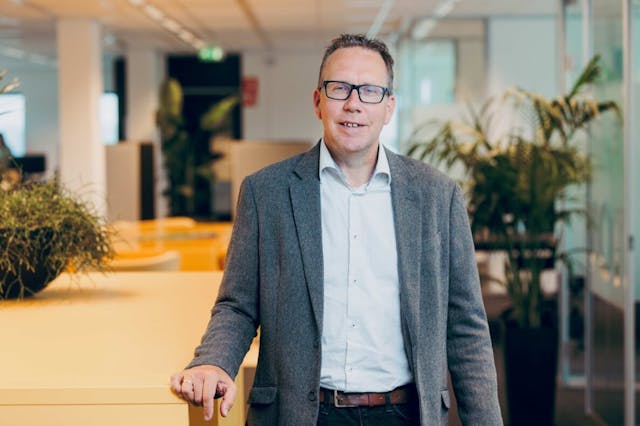
Goos Kant, Managing Partner at ORTEC and Professor at Tilburg University
"The solution is to compile an ideal order – or combination of orders – to maximize transport efficiency and meet other requirements."
Wilko Sierksma, Director Network Design & Performance at Heineken International, faces the challenge of merging the advantages of a centralized solution with the strengths of local entrepreneurship: “Despite our decentralized approach, we want to capitalize on the company’s massive scale, which you can only do with harmonized, standardized, codified, automated data and systems.”
For Heineken, Sierksma develops planning capabilities and IT that are then made available to the global company: “95% of all volume can now be tracked in the global planning platform, unlocking powerful capabilities such as creating reports and generating insights.”
Planning is important for an industry that relies on a steady supply of raw materials, such as water: “Is it a good idea to open a new brewery in an area that may be plagued by water scarcity 30 years from now? It can have serious consequences for the business.” But Sierksma also knows that companies have an obligation towards the community: during a drought in Mexico, the Heineken brewery in Monterrey donated 20% of its water supply to the local inhabitants.
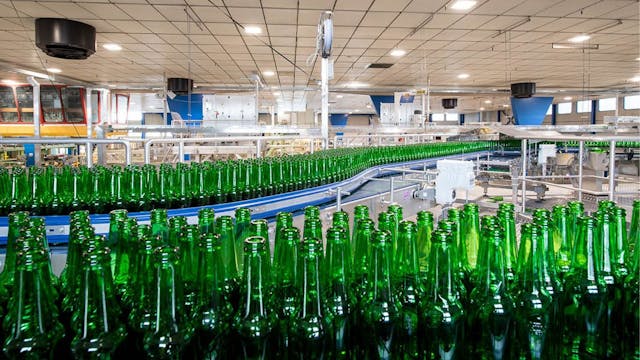
Wilko Sierksma, Director Network Design & Performance at Heineken International
"Despite our decentralized approach, we want to capitalize on the company’s massive scale, which you can only do with harmonized, standardized, codified, automated data and systems."
Sustainable supply chains
For some companies, their social mission is even central to their operations. It’s no wonder they model their supply chain to reflect those values. The Ocean Cleanup, which develops and deploys advanced technology to rid the oceans of plastic, places a strong emphasis on sustainability throughout its supply chain. As Arjen Tjallema, Head of Technology, explains: “We are trying to find the most cost-efficient and sustainable procedure.” The company uses “an integrated model of the operations that simulates the effect on costs for different scenarios for future operations, while incorporating our operational limitations. It’s helping us make strategic decisions for scaling up the operation.”

Arjen Tjallema, Head of Technology at The Ocean Cleanup
"We use an integrated model of the operations that simulates the effect on costs for different scenarios for future operations, while incorporating our operational limitations. It’s helping us make strategic decisions for scaling up the operation."
Soaply is a company that makes soap primarily out of renewable raw materials, with more than 99% of ingredients being of natural origin. Head of Soaperations Frans Pannekoek wants Soaply's supply chain to support a sustainable future as well: “For far too long, large companies have only sought to maximize efficiency and shareholder value in their supply chains. As a result, many supply chains are alienated from their partners, their environment and at times even from other teams in the same organization. To break free from that old pattern, supply chain managers will have to resonate with the changes around them.”
Pannekoek and his team aim to build close, direct relationships with their suppliers. “That goes for the farmers in Nepal as much as it does for factories in the Netherlands. It’s a lot easier if you have a good relationship with companies that are eager to work with you and don’t get annoyed by all your demands.” That’s why the team frequently visits partners, factories, suppliers, and training companies (formerly sheltered workshops) to continue working together and taking responsibility together.
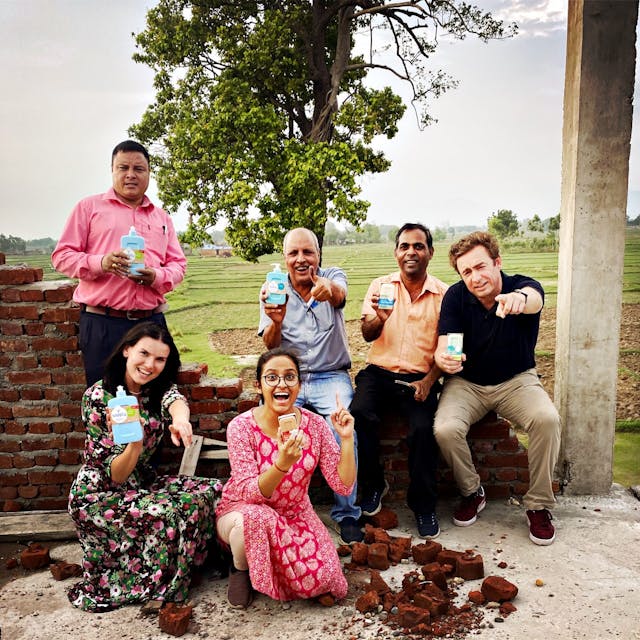
Frans Pannekoek, Head of Soaperations at Soaply
"For far too long, large companies have only sought to maximize efficiency and shareholder value in their supply chains. As a result, many supply chains are alienated from their partners, their environment and at times even from other teams in the same organization."
Download your magazine
This article is an Executive Summary of the 5th issue of our magazine Data and AI in the Boardroom. Get your free magazine now.
We've asked leading companies such as DHL, Heineken and Peapod/Ahold Delhaize on how they’re going beyond maximizing supply chain efficiency.
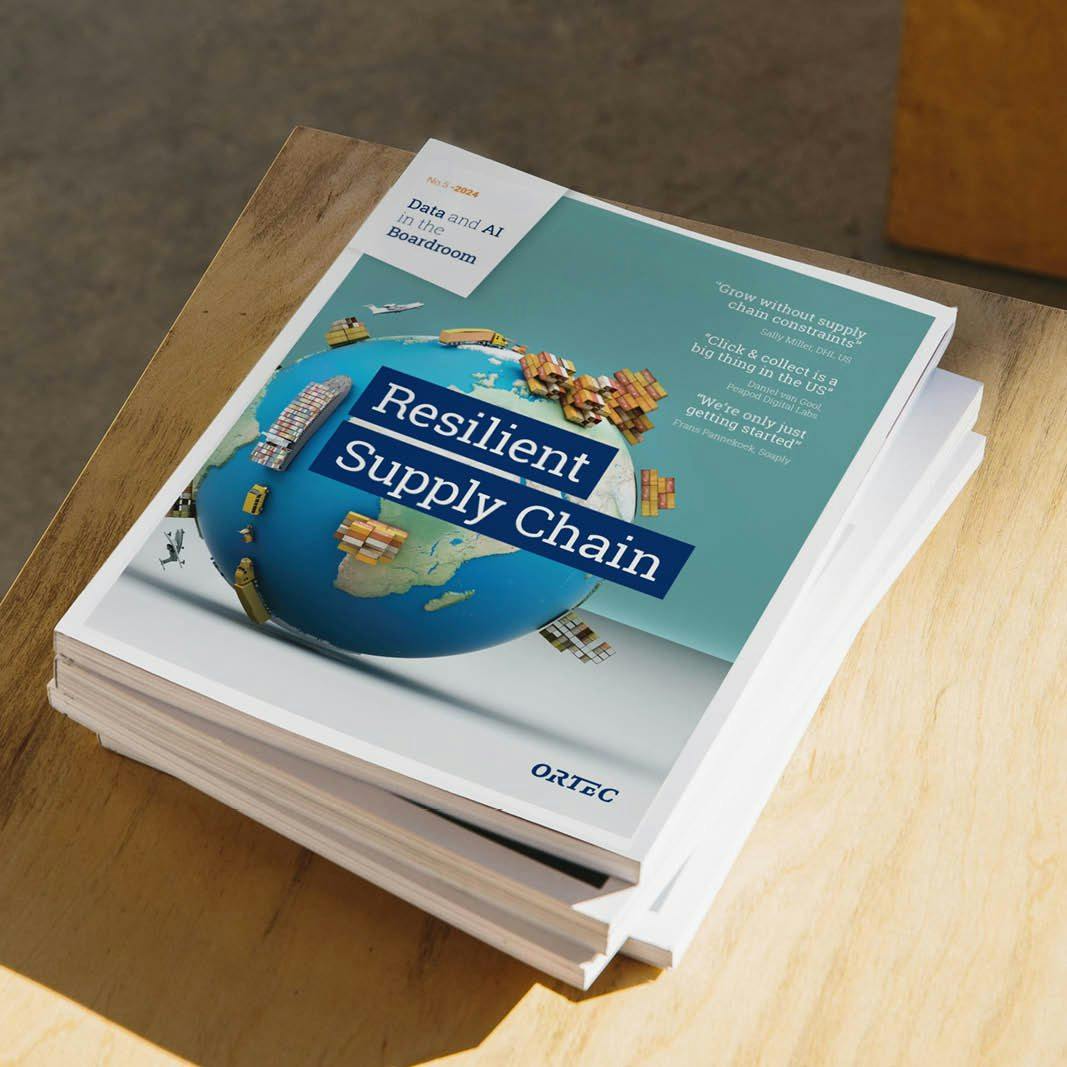
Don't miss out on the next insights
Sign up to our mailing list and be the first to receive our newest insights and digital magazine in your mailbox on a quarterly basis.